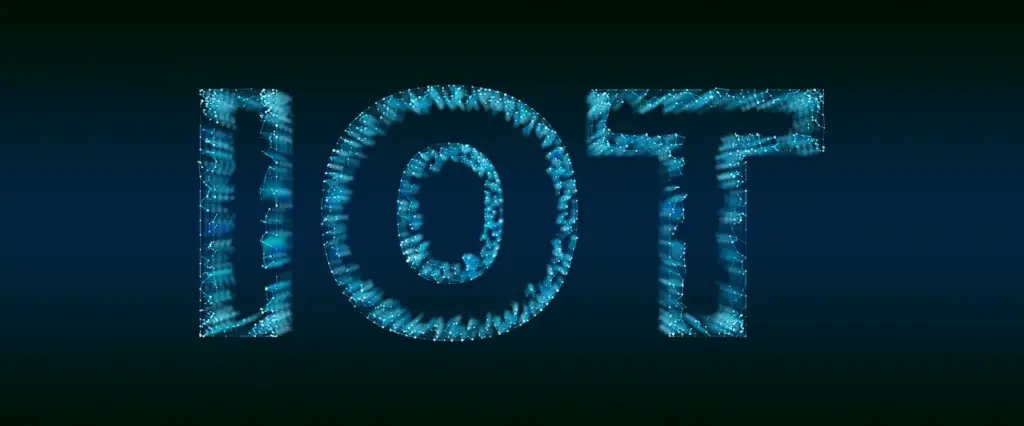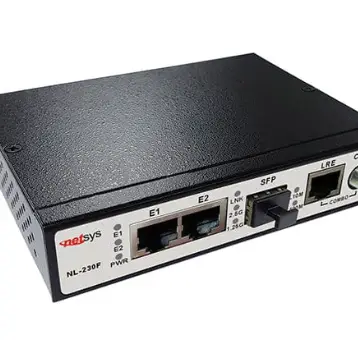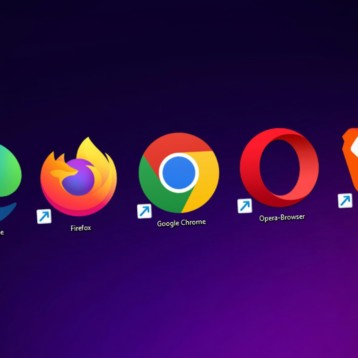
The Coronavirus outbreak is the first truly global pandemic to hit the world in the internet age. While outbreaks of other viruses have taken place – SARS (2003), MERS (2012 onwards), the West Africa Ebola outbreak (2013-16) and so on – the effects of these, while tragic, have been more limited geographically and have not caused at a global level anywhere near as much disruption. While scientific progress and technology has always had a role to play in countering viruses and diseases, this is likely to be the first time that the deployment of internet-based technologies on a wide scale could have a major role in combatting the spread of a virus. One of the most potentially significant of these is the Internet of Things (IoT).
What is the Internet of Things?
IBM terms it like this: the Internet of Things is the concept of connecting any device (so long as it has an on/off switch) to the Internet and to other connected devices. The IoT is a giant network of connected things and people – all of which collect and share data about the way they are used and about the environment around them.
The number of fields that IoT applications are used in is vast – from smart cities and transport to agriculture, manufacturing and home life. Crucially, IoT is already being used in healthcare and for medical applications.
IoT use in medical care
The potential of IoT lies in the ability to automatically gather information from a wide range of sources, and then have this information processed and analyzed, conceivably in real-time. Using the medical possibilities of IoT devices is the most direct manner in which IoT can be used to combat COVID-19, whether it is through the ‘Smart Hospital’ concept or through wellness and healthcare monitoring. This latter can easily be viewed in terms of monitoring post-recovery patients, where IoT devices can be deployed as wearable devices.
The remote monitoring that can be enabled by IoT offers considerable possibilities, given that the technology is already – in many countries – operational or approved for use. While there may be a need to gather certain metrics that will require recalibration or adjustment of sensors, that such systems are already in place and in use means that regulatory approval should be able to be clearer comparatively more quickly, given that this would not be a totally new system.
There has further been consideration of using robots and telemedicine to combat COVID-19, given that this enables treatment for individuals who would otherwise be infectious – potentially saving on medical personnel’s time and personal protective equipment usage, as well as reducing the risks to them. While there are problems with robots operating on the floors of crowded, busy hospital wards, the potential use of robots for some duties – for example leading exercise classes or cleaning duties – is practical in the short term.
Further to this, the data gathering and analytical potential of IoT offers many more possibilities than just those directly involved with medical care. The use of coronavirus tracking apps, allowing the sharing of data through Bluetooth Low Energy (BLE) transmissions and approved apps from health organizations, has been widely discussed, with Apple and Google taking the lead. This will enable the tracking of points of outbreak and the determining of potentially infected people.
IoT use against Coronavirus more widely
But the use of IoT devices can go considerably wider. Using IoT data with geographical information systems can ensure that contagious patients are in compliance with quarantine regulations, for example providing alerts should individuals exit quarantine set boundaries. Drones can also be made effective use of to monitor social distancing when in public places, to make sure that people are wearing masks, or to ensure only up to a certain number of people gather within a particular given space.
The tracking of user patterns that is enable through IoT devices does aid in providing some of the useful data that has been coming out in recent weeks. Ensuring that this data is gathered for the future is important, as it will enable medical personnel and policy makers to have a baseline against which to judge future interventions and steps to be taken, given that it appears likely that a vaccine will not be available for between 12 and 18 months. All the data being gathered – whether regarding traffic patterns, volumes and times of surges in data usage caused by home working, or changes in consumption patterns – is important for firms and IoT software development companies, as it provides indications are to where further investment is going to be needed, given that such a global pandemic needs to be planned for in the future.
Certainly, Internet of Things application development is likely to be driven forward at pace during this crisis, and an IoT software development company working in this field has the potential to support the major efforts that are going into combatting the spread of Coronavirus.







![10 Top Game Sites Not Blocked By School [2024 Updated]](https://thefutureofthings.com/wp-content/uploads/2024/10/image-25-358x358.png)


